Parallel universe: tracing New York’s unbuilt history
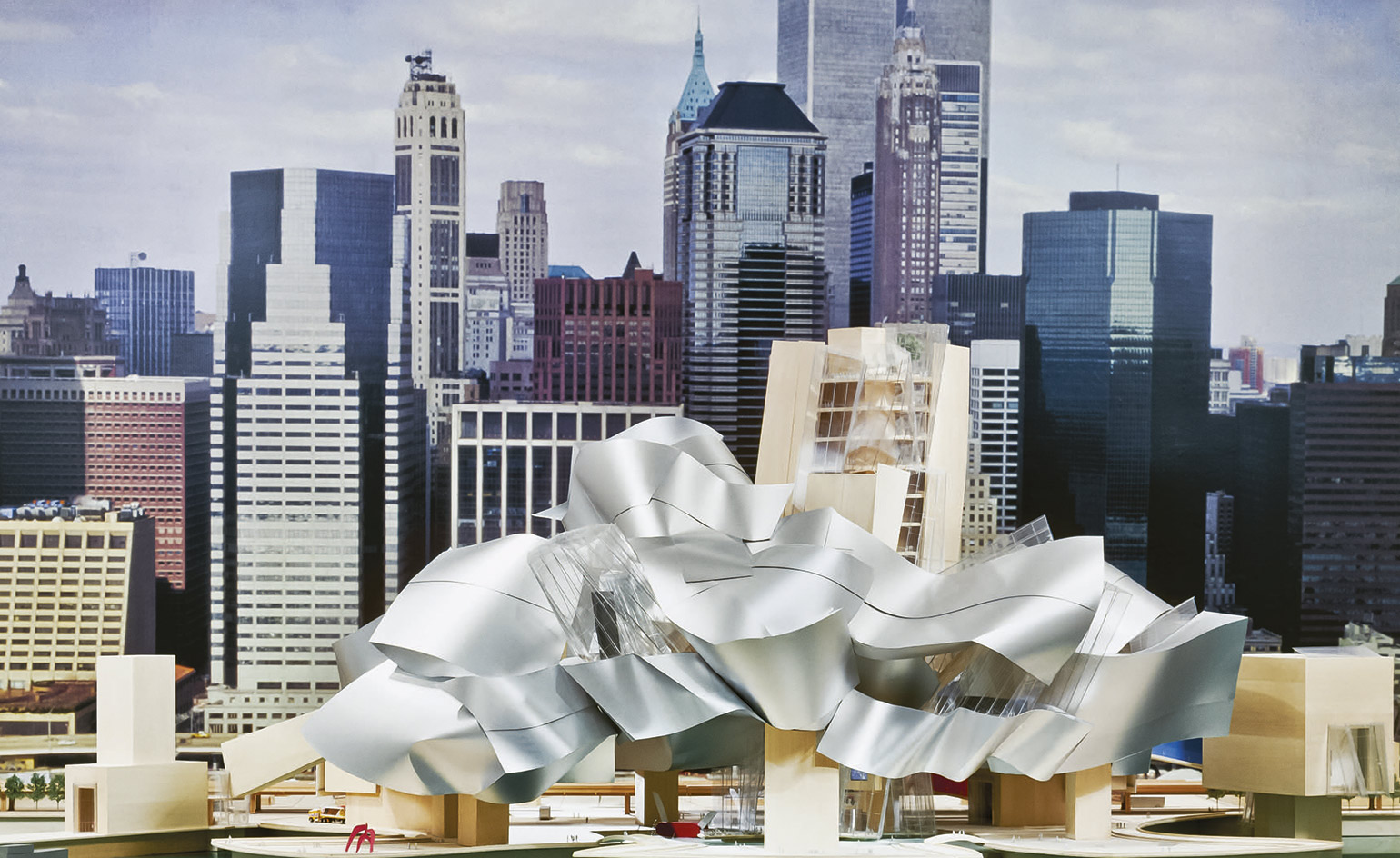
A new edition from Metropolis Books, Never Built New York explores what the Big Apple might look like in an alternative universe of unbuilt projects. Through sketches, renderings, prints and models, co-authors Greg Goldin and Sam Lubell tell the stories of nearly 200 projects proposed by architects over the last two centuries. More than just failed plans, the unrealised buildings make us question how the urban environment effects how we live today.
In the foreword to the book, Daniel Libeskind compares architects to composers, seeing their drawings as scores hidden in the back of drawers; never played yet laden with genius. The book shows architects as idealistic, yet often unrealistic dreamers; the Skyscraper Bridges of Raymond Hood emerge eerily from their pencil sketches and R Buckminster Fuller’s glass dome over Manhattan, half a mile in diameter, looks positively futuristic.
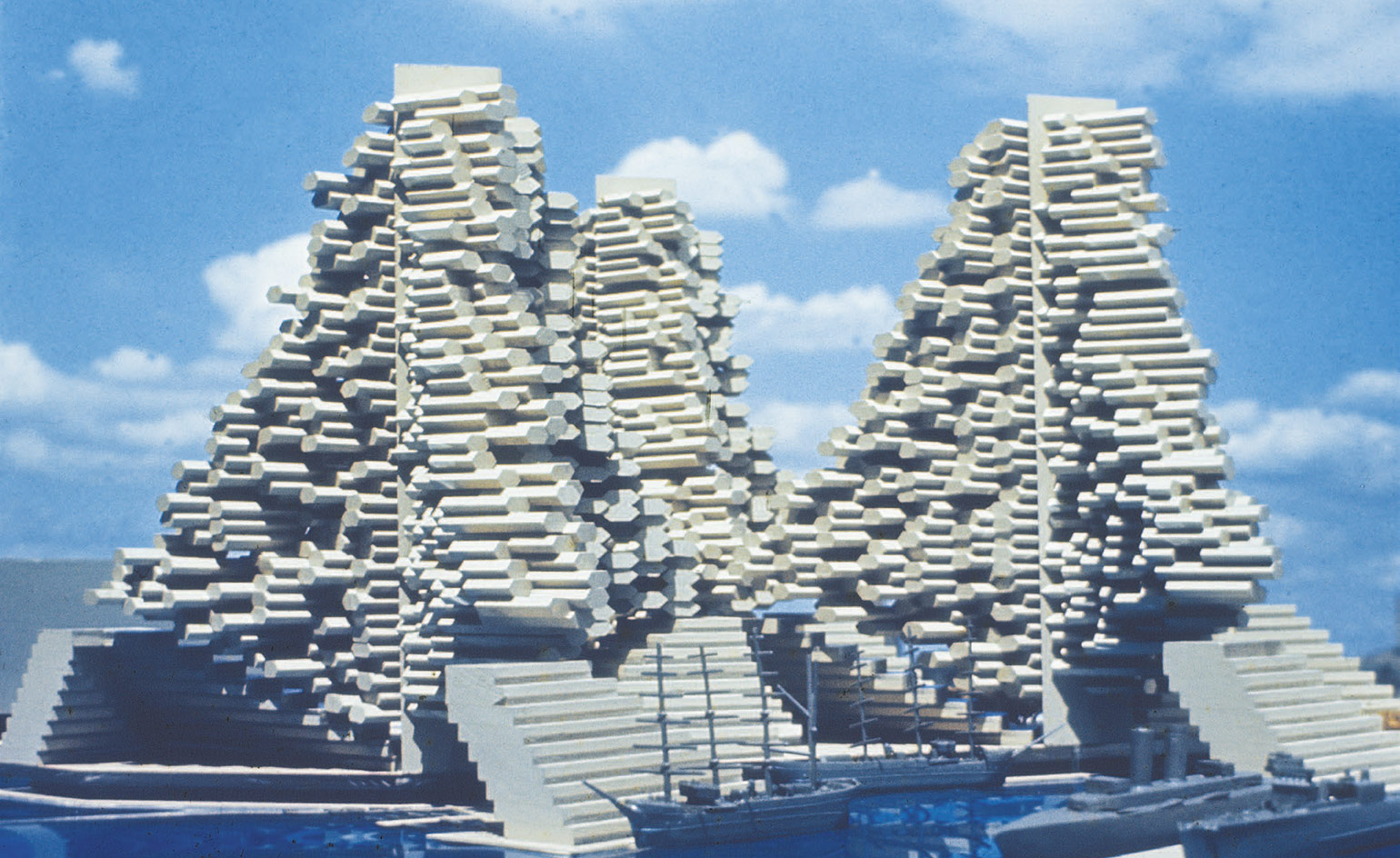
Moshe Safdie’s Habitat was a modular housing community proposed in 1968 to prevent middle class residents moving to the suburbs
Many of these radical plans looked to solve problems that still haven’t been tackled. William Zeckendorf’s floating airport, designed in 1945 in an attempt to reduce air-travel time, rose 200 ft above street level on steel columns with elevators rising from runways; while Robert Moses’ 1949 expressway, planned to combat congestion through a six lane path, sat ten floors above the street.
Many of the plans would replace the structures which define New York today. What if the High Line didn’t exist and Steven Holl’s 1980 Bridge of Houses existed instead? There'd be a housing system combining studios for the city’s homeless with luxury apartments, devised to reuse space and solve social problems.
Other designs feel like a great loss to New York. Moshe Safdie’s triangular patterned M-shaped Columbus Centre, George Howe and William Lescaze’s blocky, modernist Museum of Modern Art or Frank Gehry’s Guggenheim, which could have landed bang in the middle of Manhattan, could have completely changed our relationship with the city.
Somehow, Goldin and Lubell still manage to tell an architectural history of New York, through economic crises, changing mayors and governments, technological developments and trends – an inverse history of a city that never was.
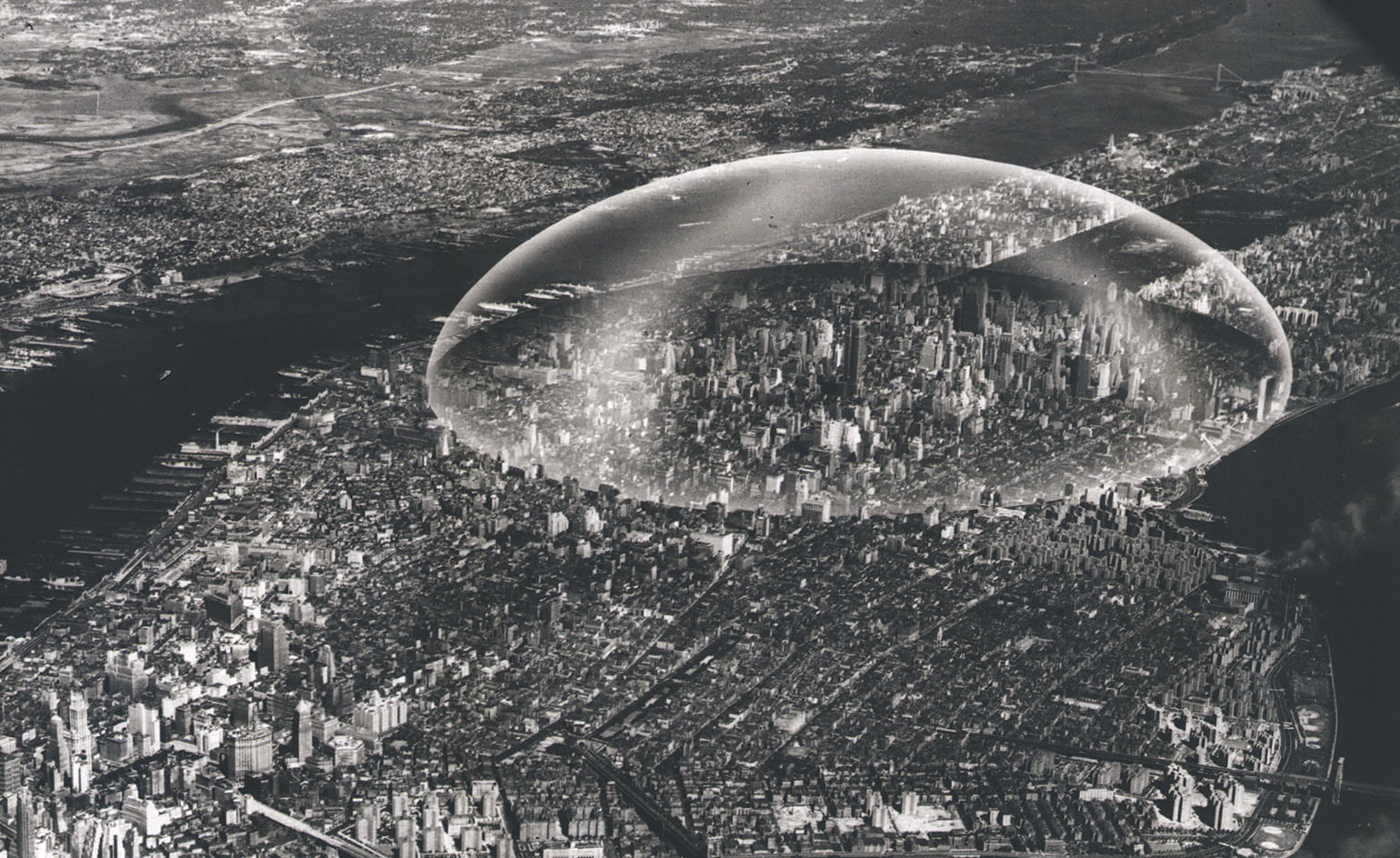
R Buckminster Fuller's 'Dome over Manhattan', which he nicknamed 'Noah's Ark #2', was devised in 1961 as part of a plan to control temperature in the city and save money on heating and cooling
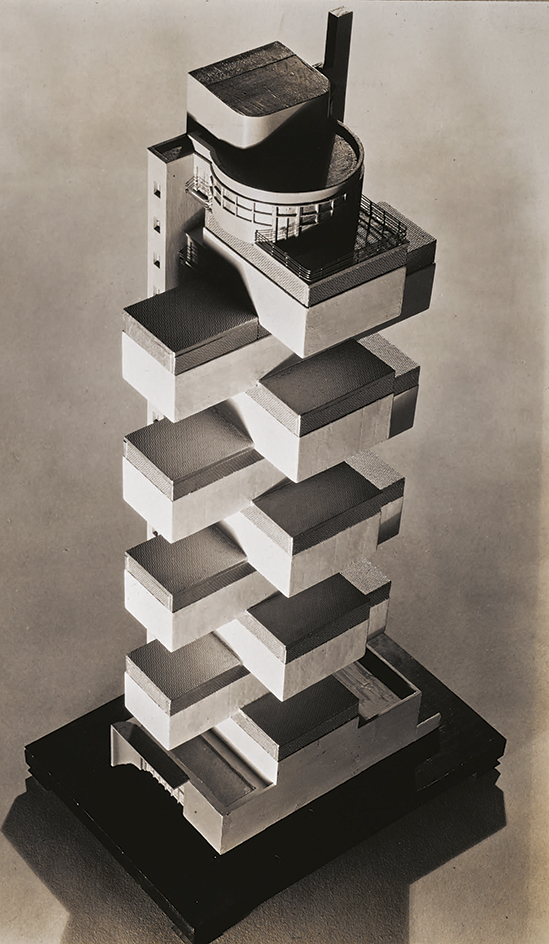
George Howe and William Lescaze were invited to propose a new design for New York’s MoMA in 1930, but they didn’t get the job
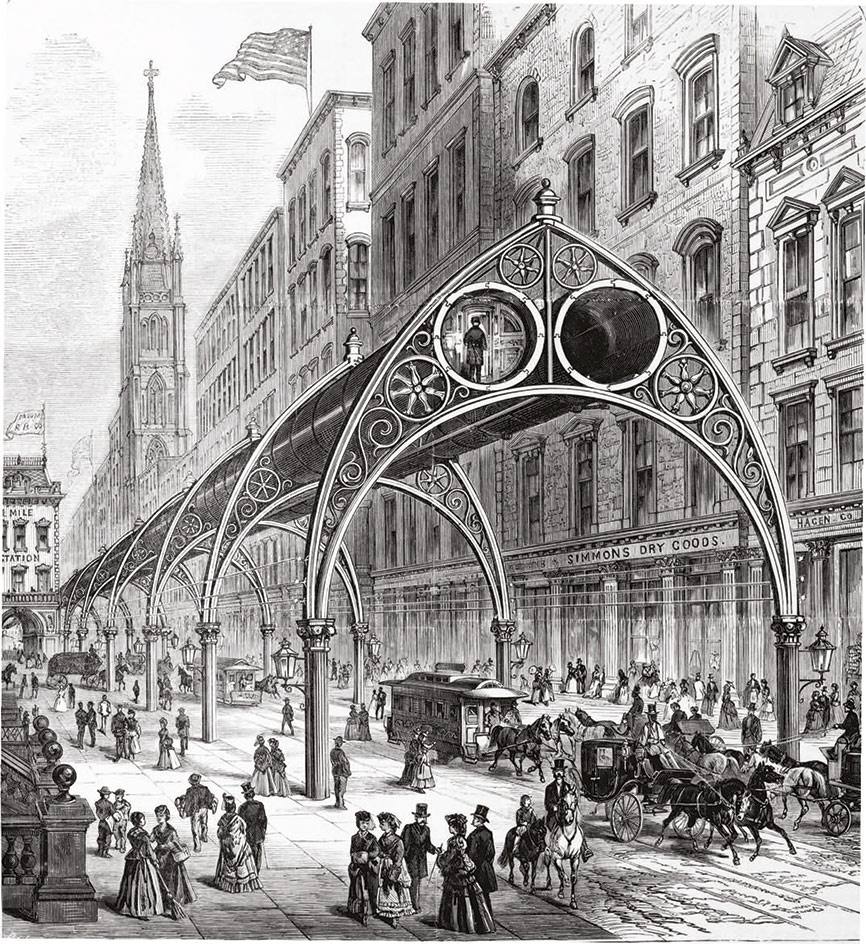
Alfred Ely Beach’s Beach Pneumatic Railway of 1870, which pushed railcars with atmospheric pressure, came close to completion
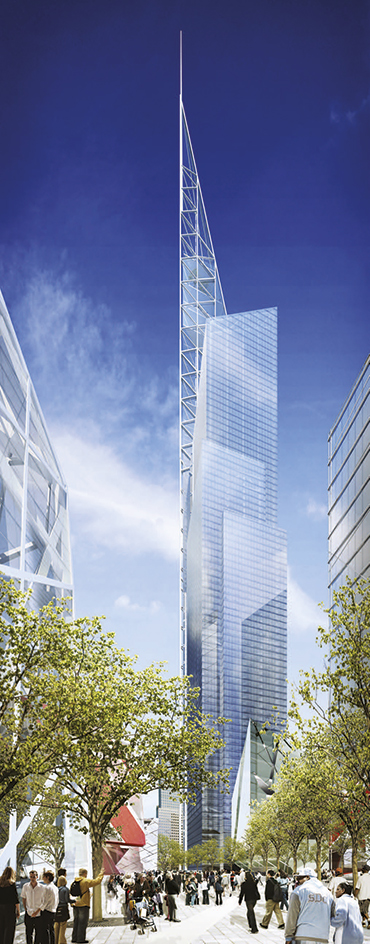
While Daniel Libeskind’s proposal for the new World Trade Centre was chosen in 2002, this original plan was never realised and a new version redesigned in collaboration with Skidmore, Owings and Merrill’s David Childs came to fruition in 2014
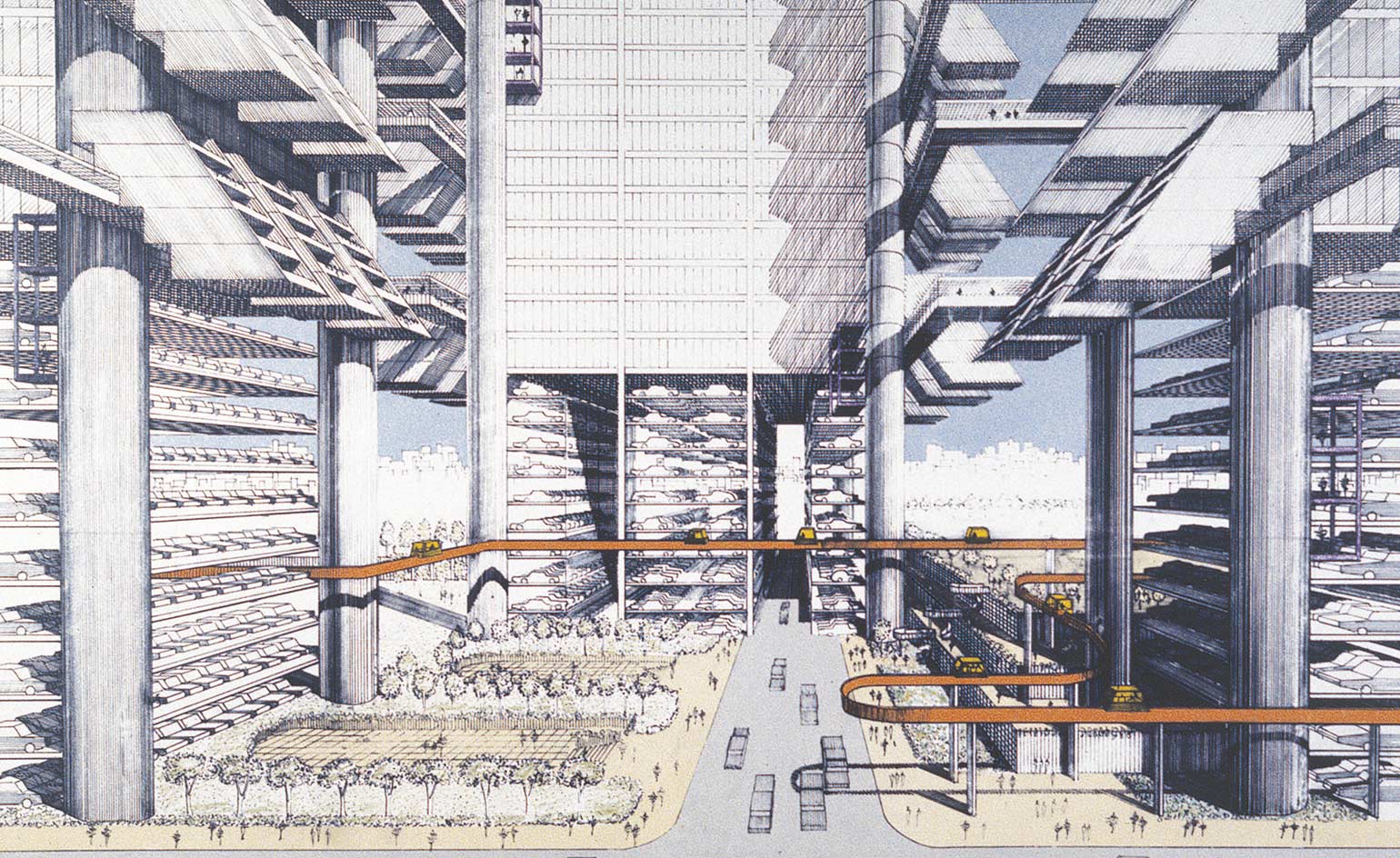
Paul Rudolph’s 1967 City Corridor proposed a megastructure of connecting buildings that would contain a highway running from the Hudson to the East river

William Zeckendorf and Wallace K Harrison’s proposal for the United Nations in 1948
INFORMATION
Never Built New York, $55, published by Metropolis Books. For more information, visit the Artbook website
Wallpaper* Newsletter
Receive our daily digest of inspiration, escapism and design stories from around the world direct to your inbox.
Harriet Thorpe is a writer, journalist and editor covering architecture, design and culture, with particular interest in sustainability, 20th-century architecture and community. After studying History of Art at the School of Oriental and African Studies (SOAS) and Journalism at City University in London, she developed her interest in architecture working at Wallpaper* magazine and today contributes to Wallpaper*, The World of Interiors and Icon magazine, amongst other titles. She is author of The Sustainable City (2022, Hoxton Mini Press), a book about sustainable architecture in London, and the Modern Cambridge Map (2023, Blue Crow Media), a map of 20th-century architecture in Cambridge, the city where she grew up.
-
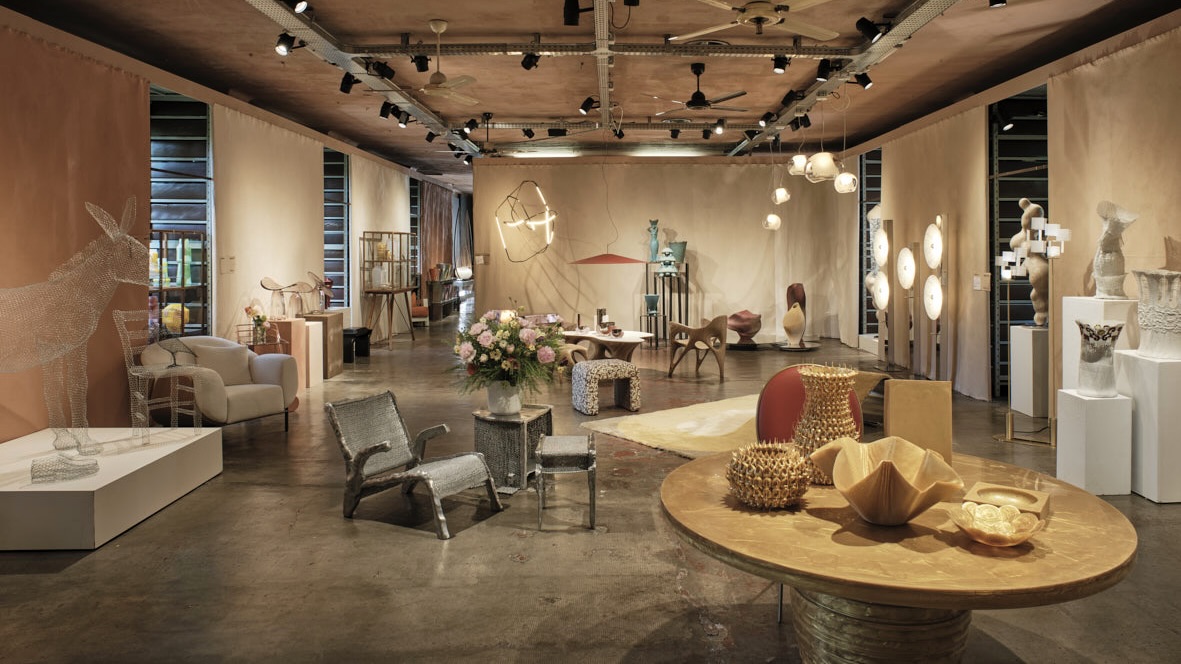 Eight designers to know from Rossana Orlandi Gallery’s Milan Design Week 2025 exhibition
Eight designers to know from Rossana Orlandi Gallery’s Milan Design Week 2025 exhibitionWallpaper’s highlights from the mega-exhibition at Rossana Orlandi Gallery include some of the most compelling names in design today
By Anna Solomon
-
 Nikos Koulis brings a cool wearability to high jewellery
Nikos Koulis brings a cool wearability to high jewelleryNikos Koulis experiments with unusual diamond cuts and modern materials in a new collection, ‘Wish’
By Hannah Silver
-
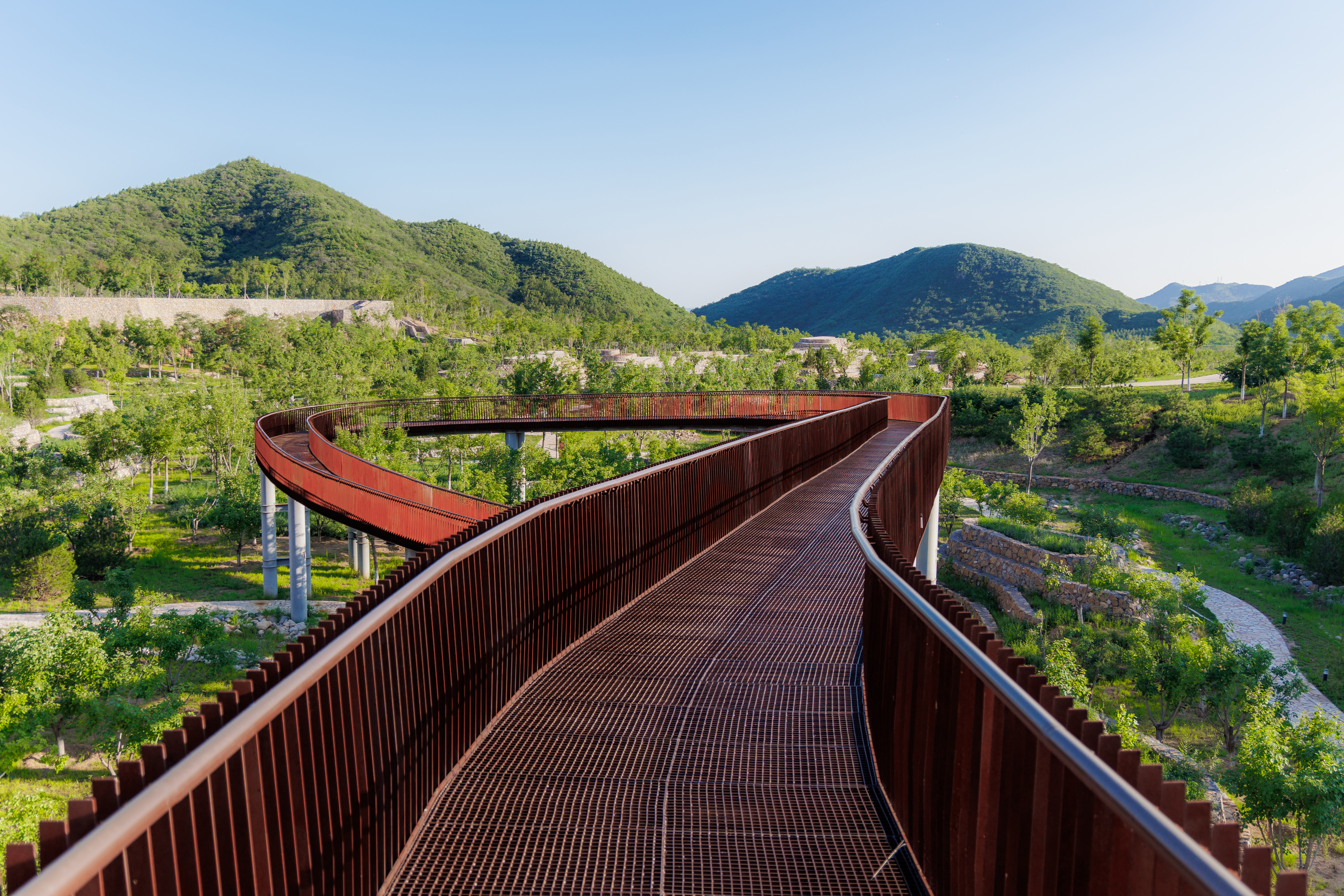 A Xingfa cement factory’s reimagining breathes new life into an abandoned industrial site
A Xingfa cement factory’s reimagining breathes new life into an abandoned industrial siteWe tour the Xingfa cement factory in China, where a redesign by landscape specialist SWA Group completely transforms an old industrial site into a lush park
By Daven Wu
-
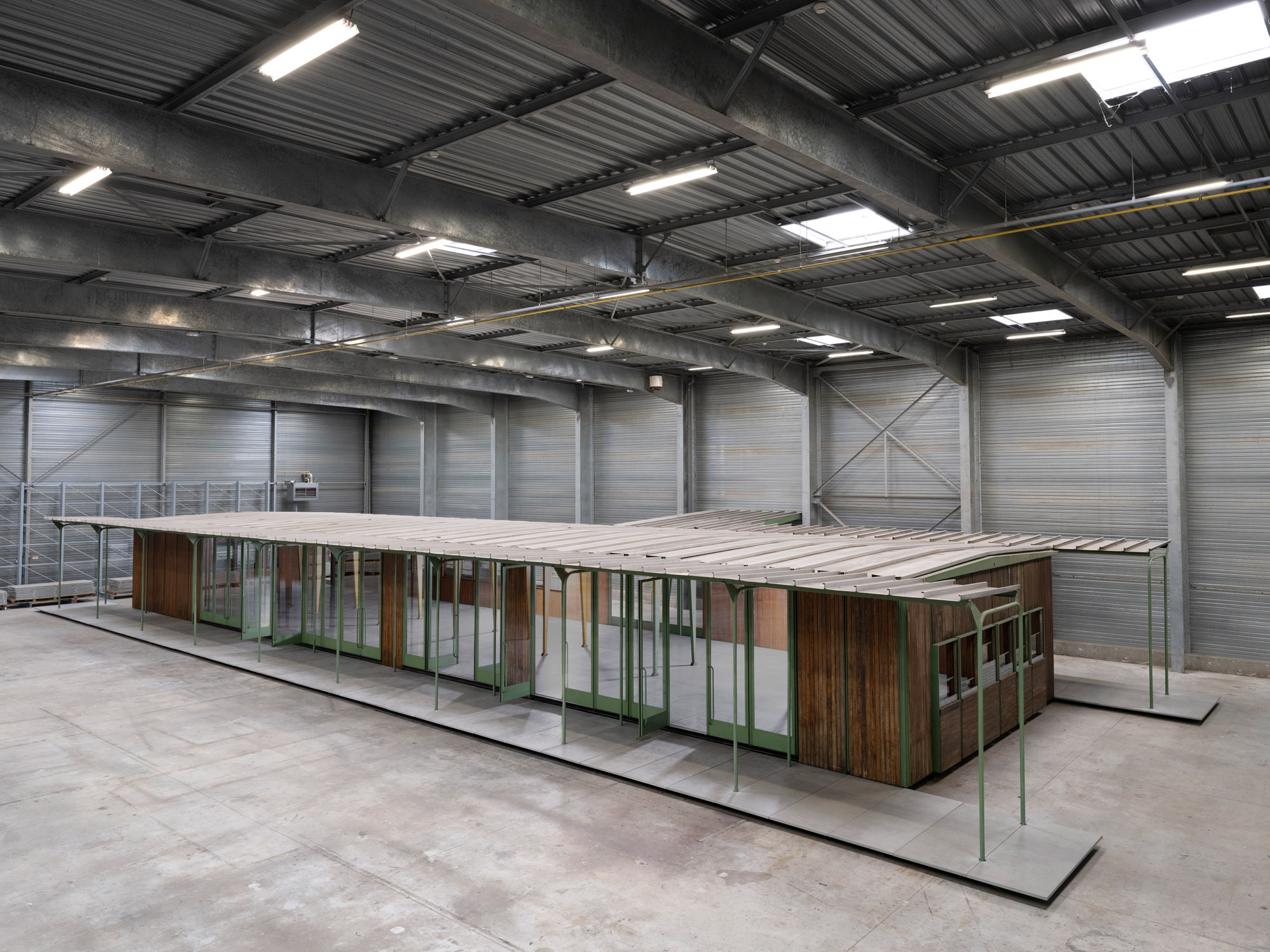 Croismare school, Jean Prouvé’s largest demountable structure, could be yours
Croismare school, Jean Prouvé’s largest demountable structure, could be yoursJean Prouvé’s 1948 Croismare school, the largest demountable structure ever built by the self-taught architect, is up for sale
By Amy Serafin
-
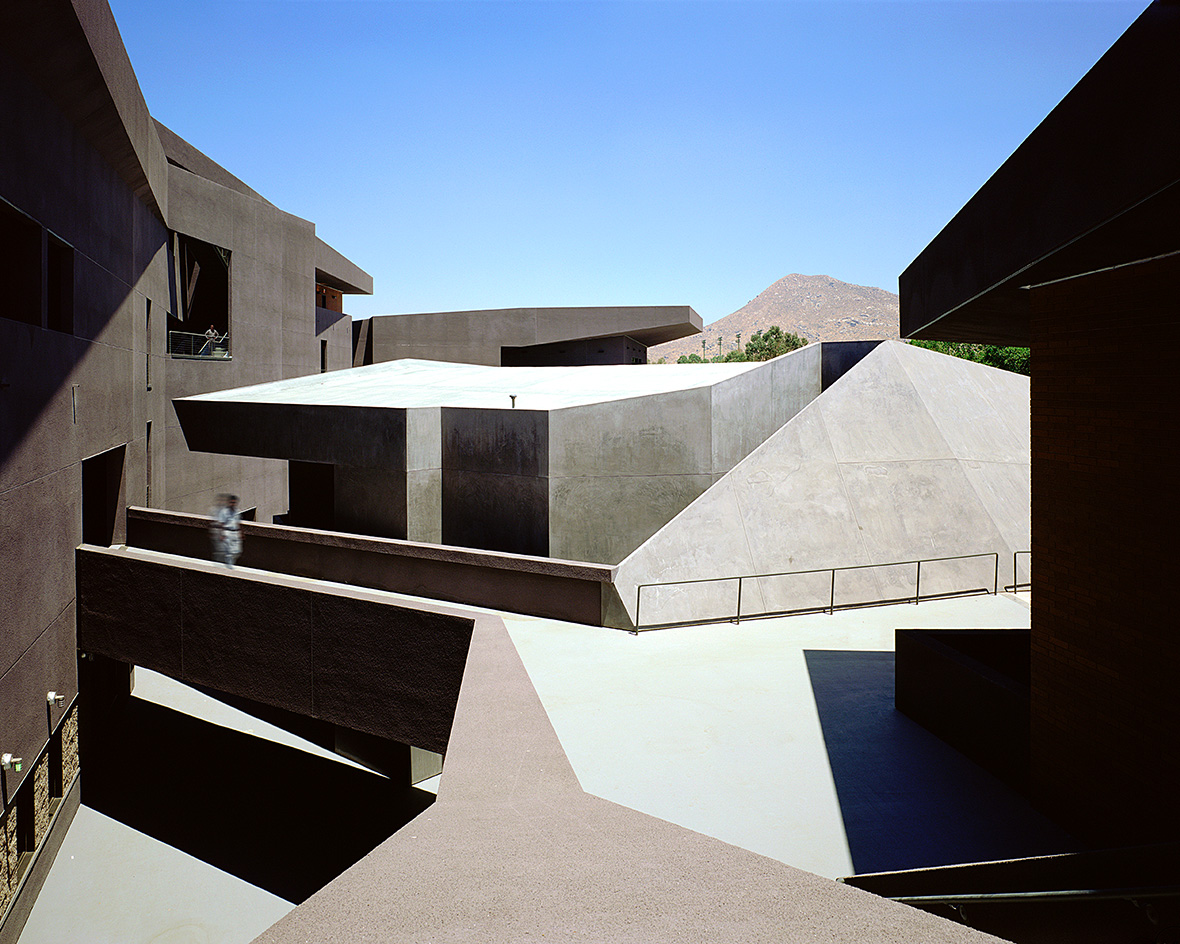 We explore Franklin Israel’s lesser-known, progressive, deconstructivist architecture
We explore Franklin Israel’s lesser-known, progressive, deconstructivist architectureFranklin Israel, a progressive Californian architect whose life was cut short in 1996 at the age of 50, is celebrated in a new book that examines his work and legacy
By Michael Webb
-
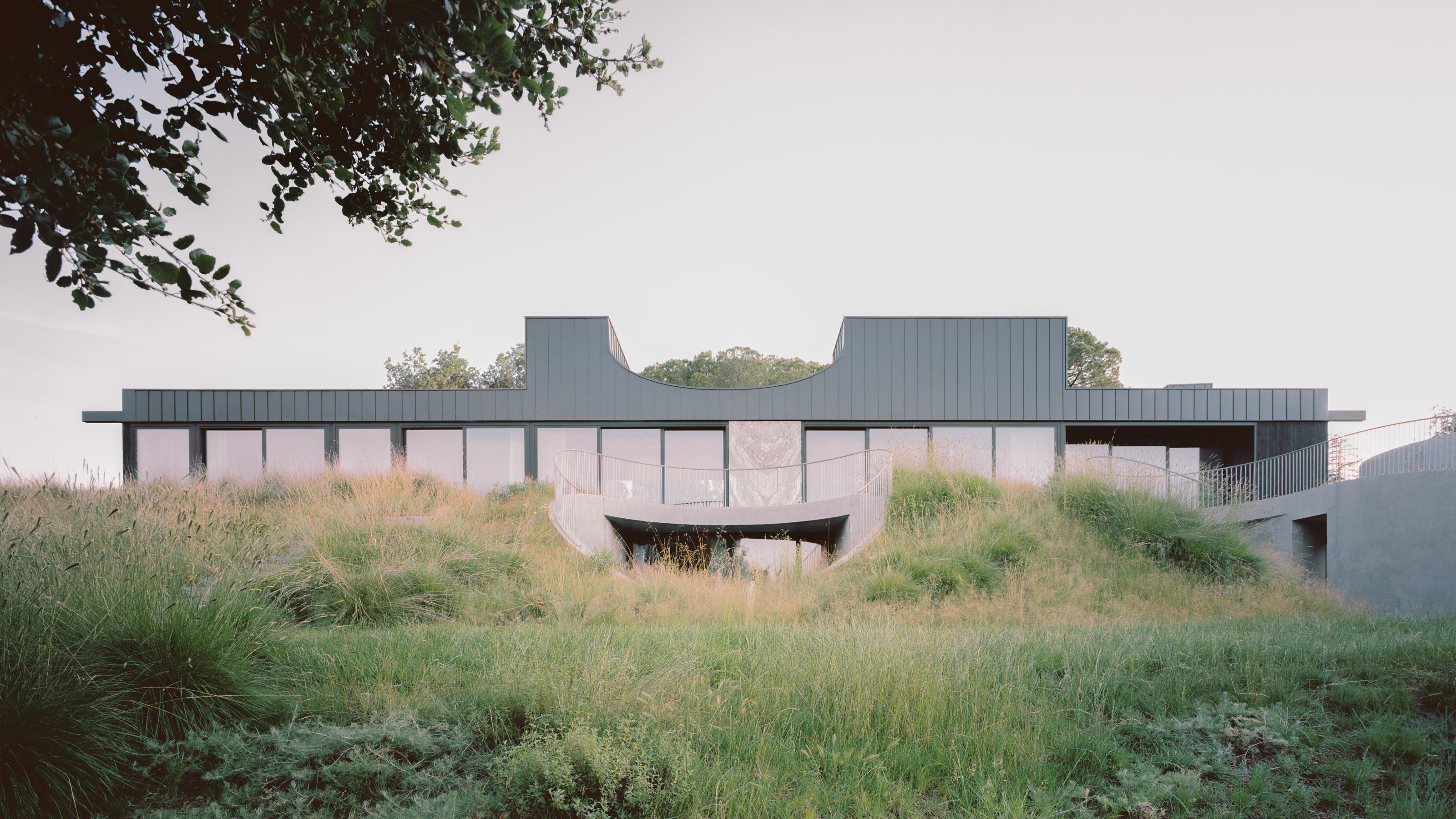 A new hilltop California home is rooted in the landscape and celebrates views of nature
A new hilltop California home is rooted in the landscape and celebrates views of natureWOJR's California home House of Horns is a meticulously planned modern villa that seeps into its surrounding landscape through a series of sculptural courtyards
By Jonathan Bell
-
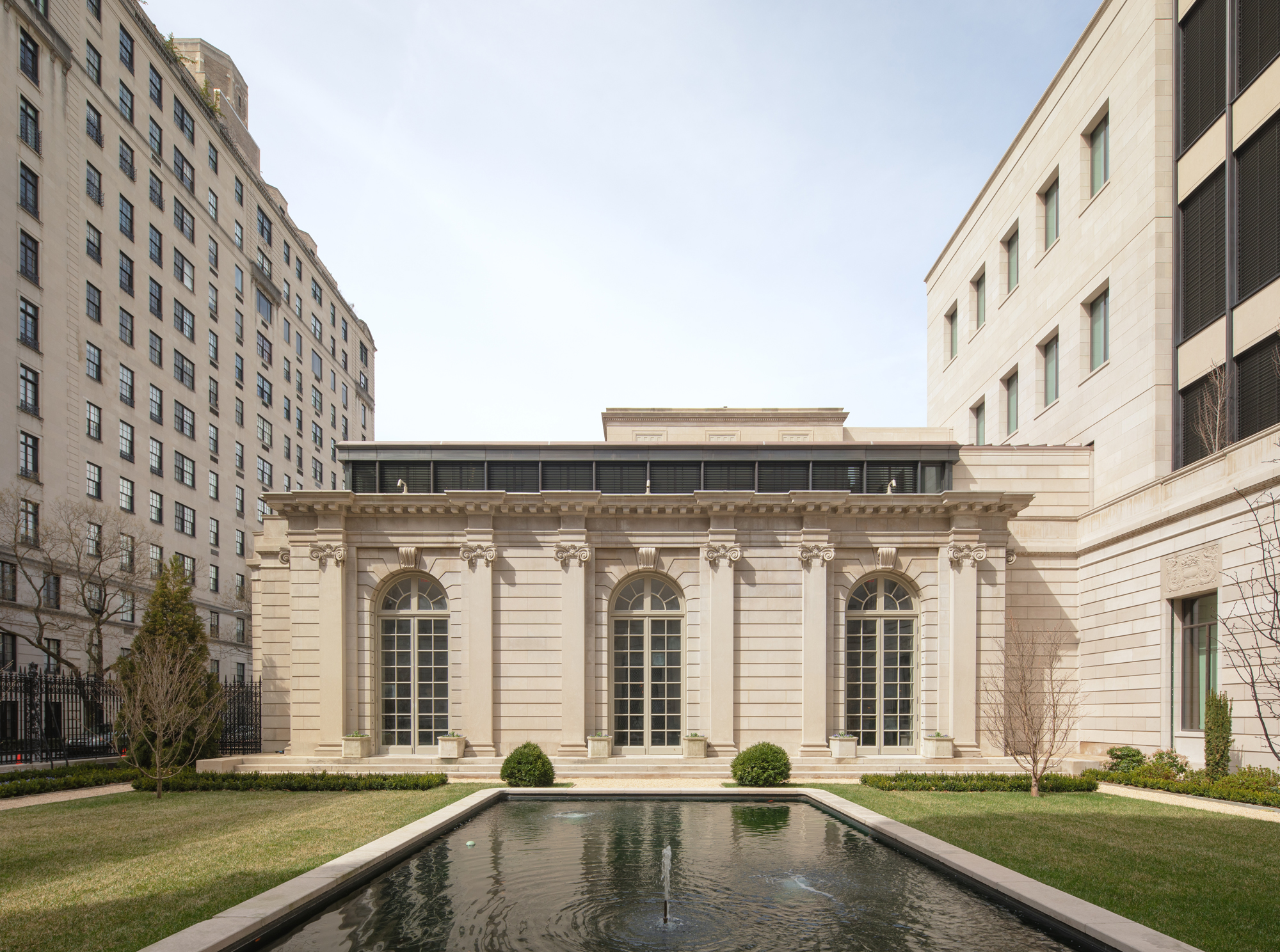 The Frick Collection's expansion by Selldorf Architects is both surgical and delicate
The Frick Collection's expansion by Selldorf Architects is both surgical and delicateThe New York cultural institution gets a $220 million glow-up
By Stephanie Murg
-
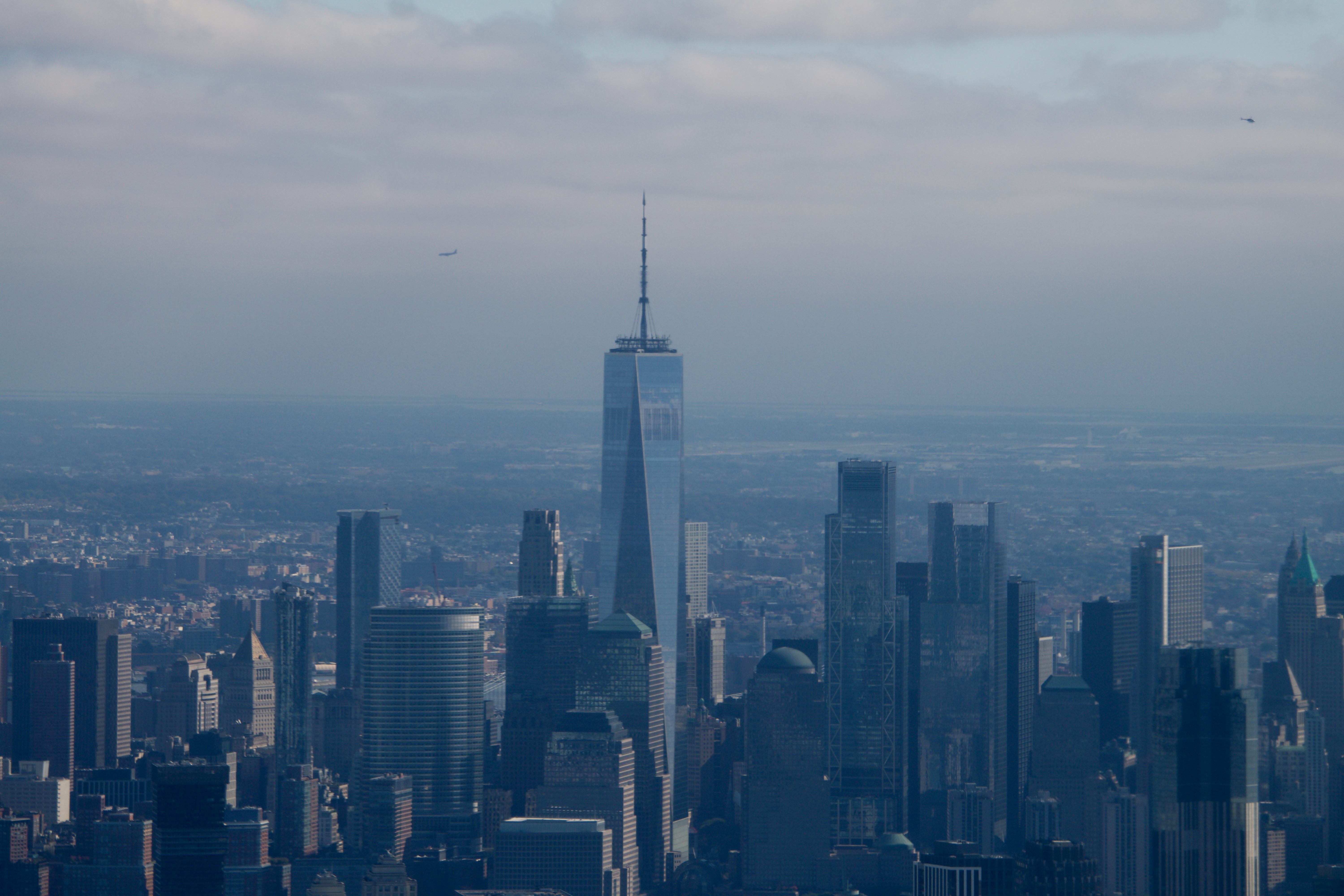 Remembering architect David M Childs (1941-2025) and his New York skyline legacy
Remembering architect David M Childs (1941-2025) and his New York skyline legacyDavid M Childs, a former chairman of architectural powerhouse SOM, has passed away. We celebrate his professional achievements
By Jonathan Bell
-
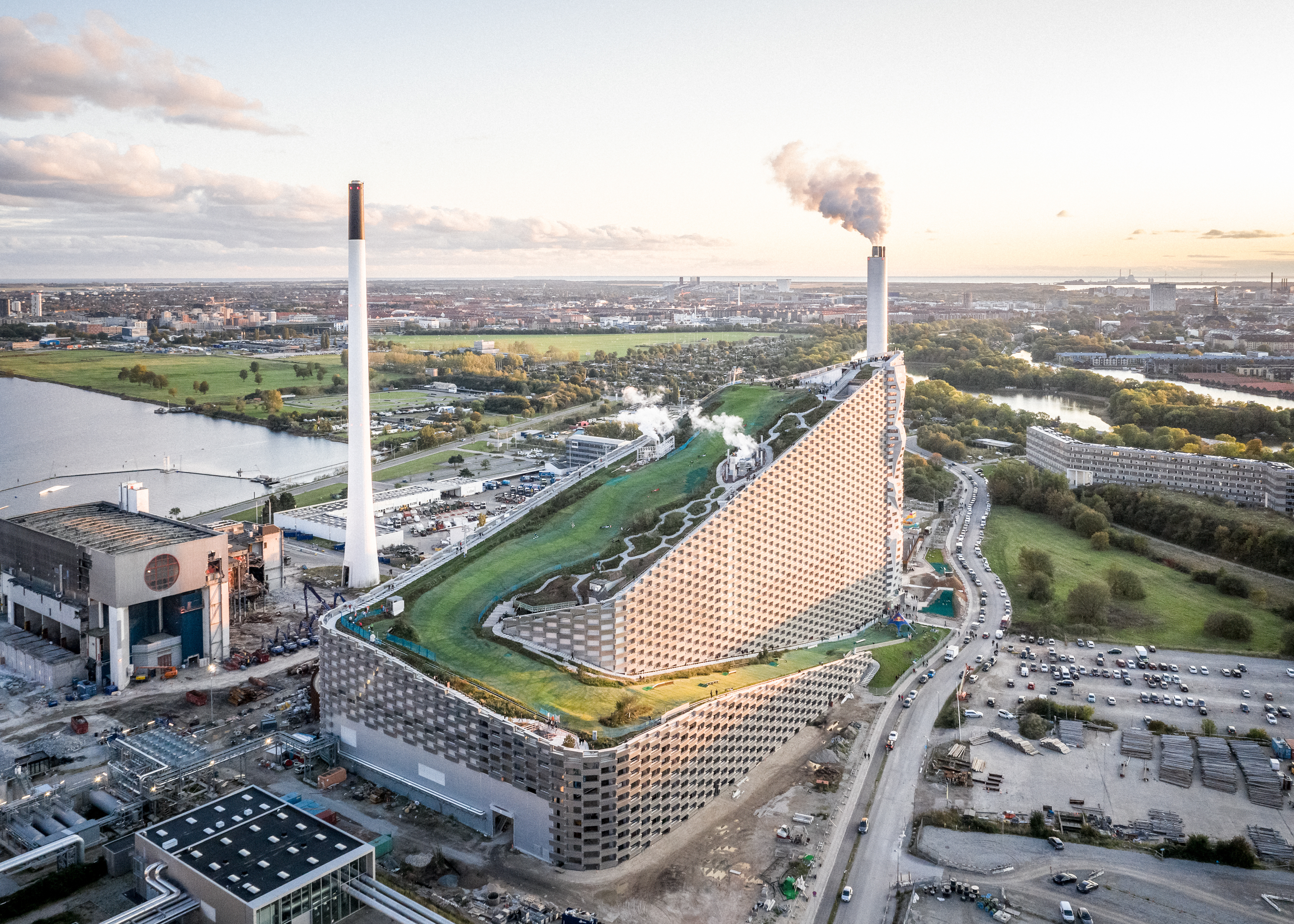 What is hedonistic sustainability? BIG's take on fun-injected sustainable architecture arrives in New York
What is hedonistic sustainability? BIG's take on fun-injected sustainable architecture arrives in New YorkA new project in New York proves that the 'seemingly contradictory' ideas of sustainable development and the pursuit of pleasure can, and indeed should, co-exist
By Emily Wright
-
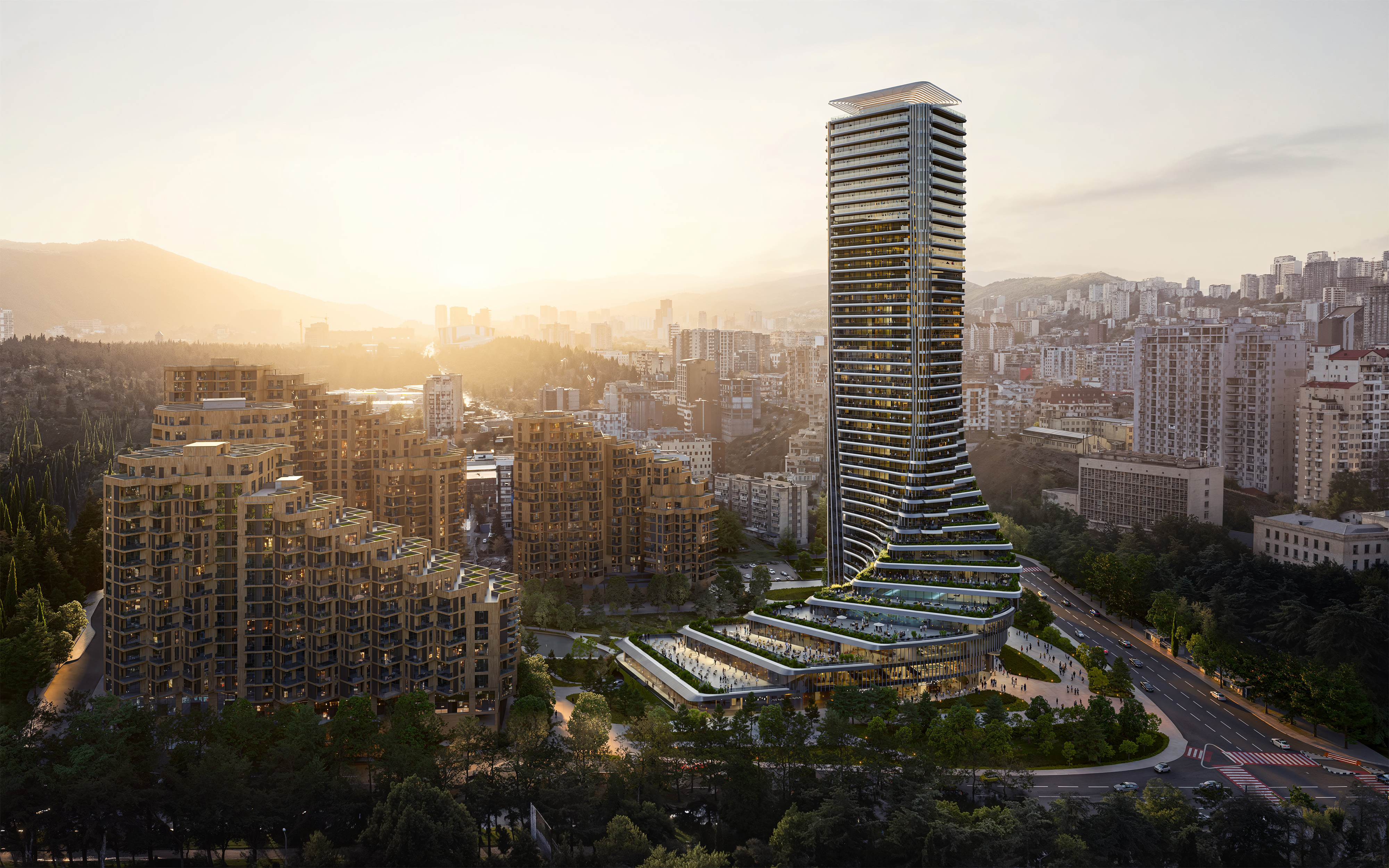 The upcoming Zaha Hadid Architects projects set to transform the horizon
The upcoming Zaha Hadid Architects projects set to transform the horizonA peek at Zaha Hadid Architects’ future projects, which will comprise some of the most innovative and intriguing structures in the world
By Anna Solomon
-
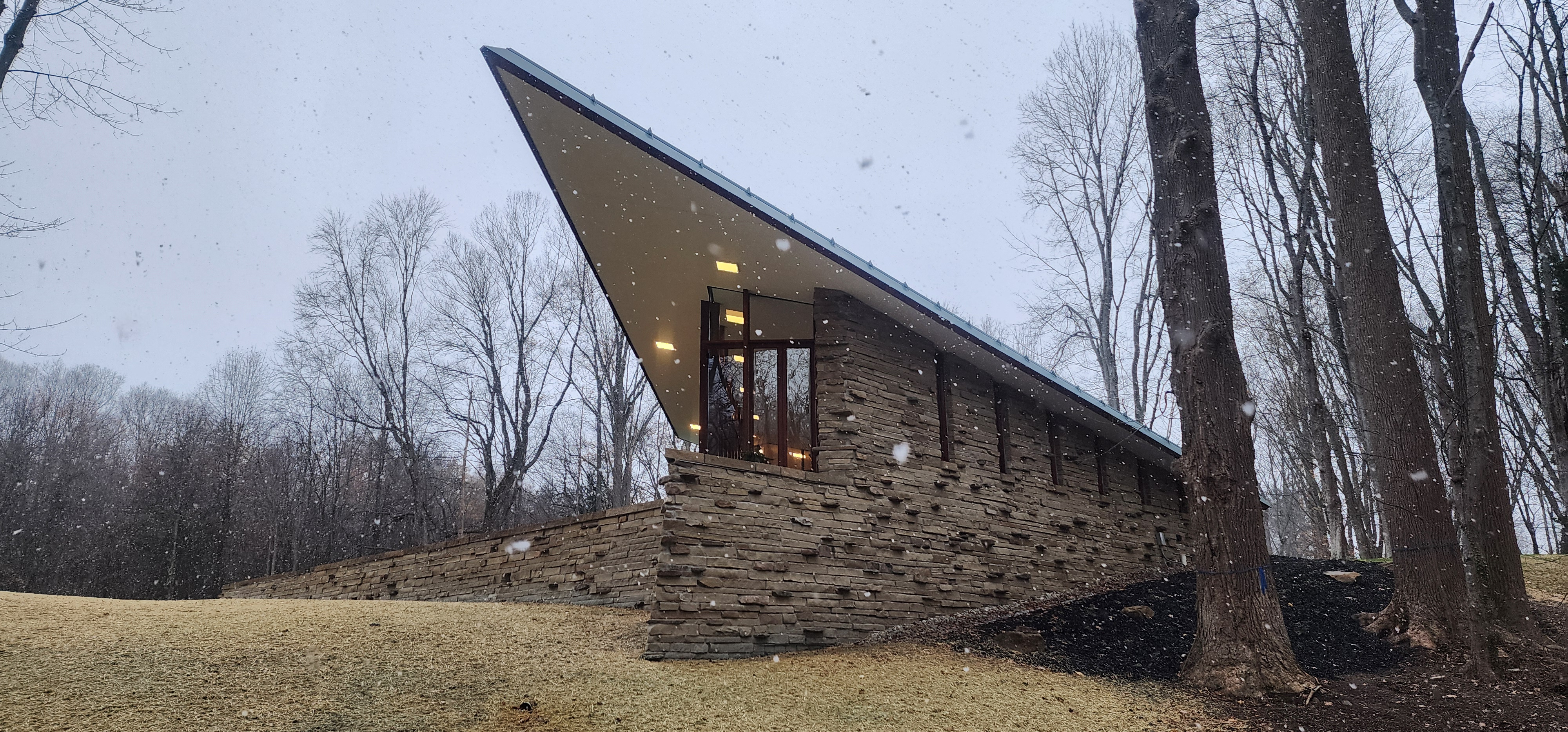 Frank Lloyd Wright’s last house has finally been built – and you can stay there
Frank Lloyd Wright’s last house has finally been built – and you can stay thereFrank Lloyd Wright’s final residential commission, RiverRock, has come to life. But, constructed 66 years after his death, can it be considered a true ‘Wright’?
By Anna Solomon